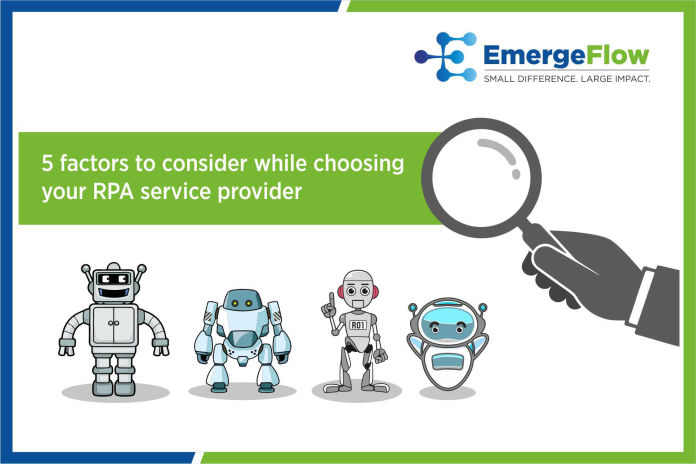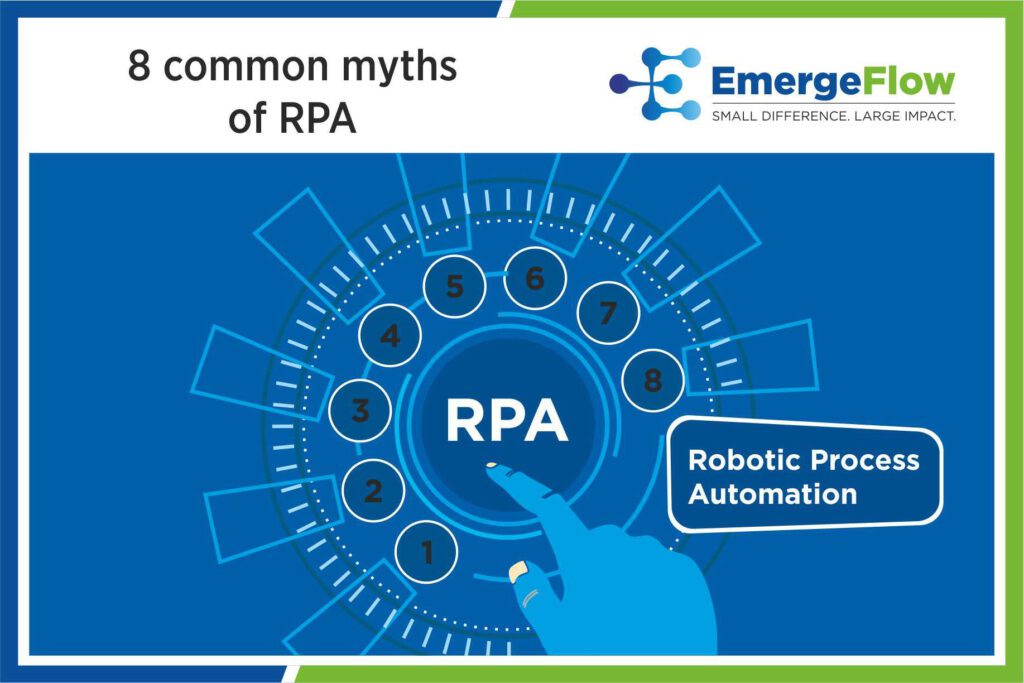The Great Resignation, also known as the ‘Big Quit’ has seen mass departure of jobs in the year 2021 and it is still continuing. There are numerous reasons for this shift in the trend – from the impact of COVID-19 pandemic to the rising cost of living in the urban areas. More than 40 Million people left their job in the year 2021.
Organizations need to deal with this situation very carefully as mass departure can impact the business of the enterprises. Automation can be one of the mitigation candidates to fend off the Great Resignation in the below mentioned ways. But first, let us get into the detail of this great resignation, which has changed the industry dynamics
The Great Resignation
Early in 2021, a record number of employees across industries started quitting their jobs willingly.
Since statistics began in December 2000, the US quit rate has never gone above 2.4 percent. Until 2021. when, surprisingly, the quit rate rose to 3%, with as many as 4.5 million resignations. In Europe, the situation is comparable. China also is going through a similar thing.
There are multiple reasons that quitting workers have given. For example:
- Job satisfaction
- Poor compensation
- Impact of COVID 19
- Greater demand means more power to workers
Automation to the rescue
Many organizations are turning towards automation in the wake of the resignation period. The overarching approach is to fill the gaps left by the departing workforce. Automation is expected to fill those gaps and bring back productivity and smoothness in the work functions.
The normal work that was left undone by departing team members can be handled by others who are still employed by the company.
Automation creates more desirable and engaging roles
Many organizations have found out that the employees who are leaving their company, are not doing so in pursuit of relaxing and sitting back. Instead, they are in constant search of something bigger and better. As per Mckinsey report, 70% of the employees have high expectations from their work. They believe that their corporate job should fulfill a sense of purpose. Thus, many are leaving job positions filled by combining and compiling unified data.
For humans, these types of tasks require hours of slogging to fit the data into the software to get desired results, moving from one excel sheet to another in search of key insights from the research. Workers are spending the majority of their work time to fill this data and at the end, they aren’t able to achieve anything worthwhile.
Automation helps in cutting these mundane, time-consuming and not-so-worthy tasks from the work lives of the employees. Almost 9 out of 10 organizations are deploying automation to free their employees from these tasks, thus shifting the responsibility of data entry and processing over to automated software. Companies that want to give their top performers the freedom to focus on more creative work—the kind of meaningful position that top talent will continue with—will benefit from the plan.
Automation eases workload
Automation can help workers by taking over the responsibility to perform their harder tasks and slowly shift their routines towards performing meaningful work which requires critical problem solving skills. Workers can get greater balance and level of flexibility that they are looking for.
For example, workers don’t have to spend much time on tasks such as manual data entry. Few things can be sent automatically. There is less motivation or need to resign and look for new jobs if employees have the schedule flexibility they want.
Automation’s liberating capacity can also support workers who are enduring hardships owing to chronic health conditions. (For example, long covid.) Companies might offer these affected team members shorter hours by lowering their workload, which means employees have more freedom to continue to work whenever they can and recover when they can’t.
Automation can help address wage pay woes
Automation leads to a boost in efficiency and productivity in an inexpensive manner. It further leads to business growth. In the long term, automation enables organizations to offer a more competitive salary range as only smart employees could work in a high pace environment, coupled with automated tasks within the organization. It would offer equal opportunities to those, who are truly skilled in their job functions and offer room for clear demarcation between mundane and highly efficient tasks. Well compensated employees are more likely to stay in the organization rather than resigning from the firms.
Conclusion
Thus, automation improves the work-life of the employees and make them want to stay in the organization for a longer period. Firms can save in terms of hiring and training costs and can also reap the intangible benefits that come with giving the experts more autonomy to exercise their ideals and skills for a greater cause.
EmergeFlow has been working with industry leaders as a trusted partner to support automation initiatives so we’ve learned how to find the right fit over the years.
If you are looking for a trusted & knowledgeable partner, contact us to know more.





